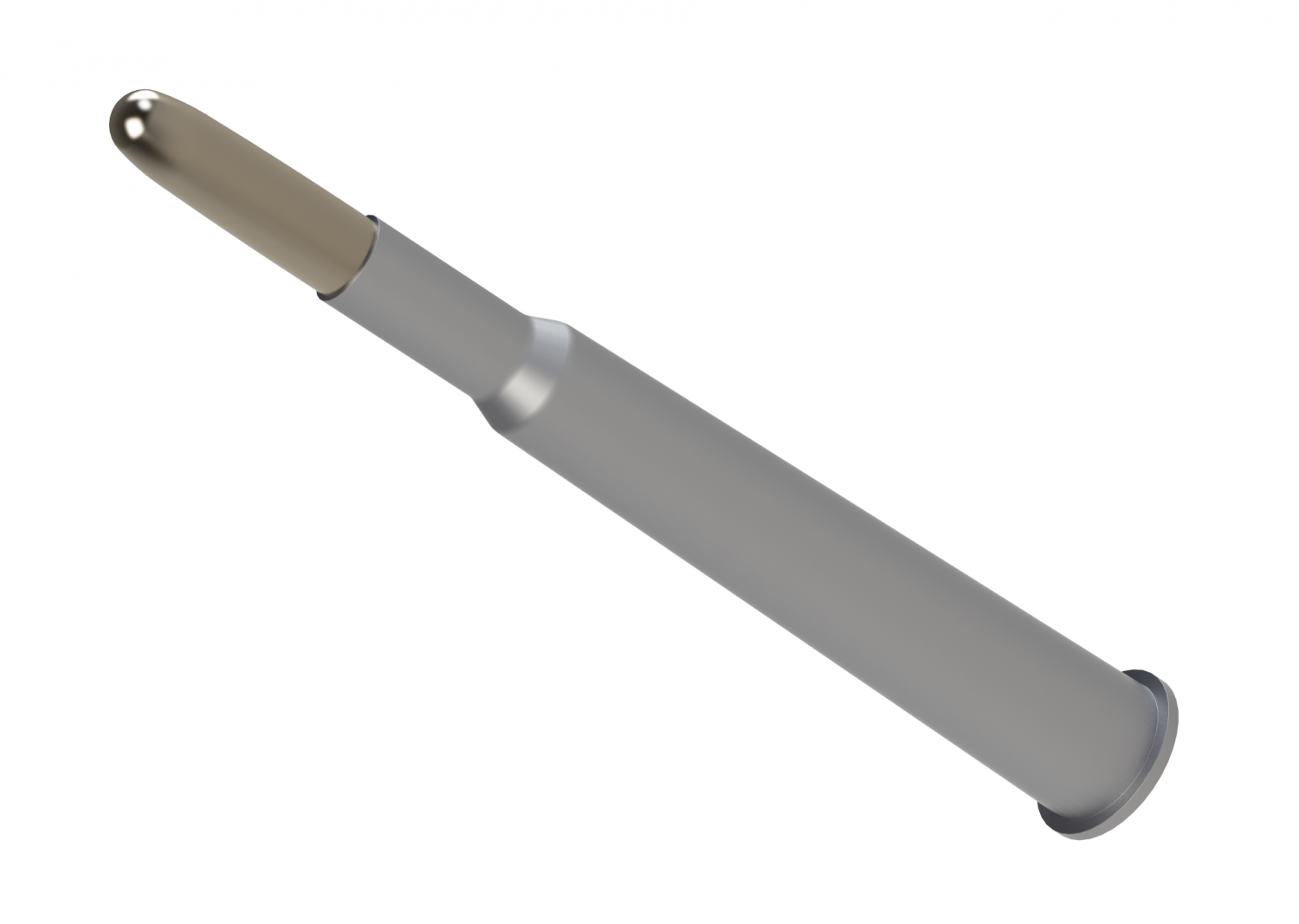The tank that fired by itself
by Peter Blunschi - The Swiss army has once again fallen into the twilight with the Nef affair and the Kander drama. In a series, we look back at scandals and affairs of the last 50 years. Today: the defective tank 68.
During the summer session of Parliament in 1979, "Weltwoche" published an article that stirred up a lot of dust not only in Bern. The newspaper quoted from a confidential letter from Divisional Robert Haener, the head of the Mechanized and Light Troops. In it, Switzerland's supreme "tank general" came to a devastating conclusion: Panzer 68, a proud product of the Federal Weapons Forge in Thun, was not fit for war.
"In view of the current situation with Panzer 68, I reject any responsibility for the operational readiness of the respective armoured units," Haener stated in the letter he had already sent to Chief of Staff Hans Senn in March 1979. Because he reacted only hesitantly, the letter probably ended up with a targeted indiscretion at the "World Week", which spoke of a "tragic chapter of Swiss arms policy".
Turret as a weak point
The Parliament set up a group of experts headed by Sigmund Widmer, LdU National Councillor and Mayor of Zurich. It listed dozens of flaws. Thus, the protection of tank 68 against nuclear and chemical weapons was insufficient, the crew had to wear protective masks. The reverse gear could only be taken at a complete standstill and not in full speed, as would be necessary in combat. And when using the radio at full strength, the tower began to spin by itself.
The turret was the tank's biggest weak point anyway. At first it was far too small, the crew could hardly move in it. From the third series, a larger turret was set up, but the extra weight meant that the armored chains were wearing off faster than planned and in some cases even jumped off.
Probably the biggest flop had already made headlines in 1978: When the heating was switched on, the cannon fired itself. The reason for this was that different systems were attached to the same circuit. When the heating was turned on, so-called creep currents could be generated, which activated the detonator of the cannon. Only with luck nothing serious happened. "The Panzer 68 are much more dangerous than they look," wrote the "Blick" at the time with a sarcastic undertone.
"An industrial necessity"
The poor production of the Panzer 68 was not a new finding. As early as 1974, a federal commission had come to a ruthless conclusion: "The nature and number of defects do not make it possible to speak of a vehicle suitable for war." But that didn't matter, because procurement was not for military reasons, but for economic reasons. The Swiss armaments industry demanded orders. Federal Councillor Nello Celio, as head of the Federal Military Department (EMD) in 1968, bluntly stated it when he bought the first series: "This is not a military necessity, but an industrial necessity."
After the publication of the Haener letter, the problems could no longer be ignored. Rudolf Gnägi, Celio's successor as head of EMD, came under criticism. As is the case today, the Bernese SVP Federal Council was regarded as weak in leadership. The Mirror quoted mocking voices at NATO in Brussels: "As long as Switzerland affords the Gnägi as Minister of Defence, the Kremlin cannot do anything evil in its shield." At the end of 1979, Gnägi resigned, not because of the tank scandal, as he pointed out.
Further self-construction stopped
The Panzer 68 was made reasonably operational with expensive retrofits. After the turn of the millennium, he was retired. The planned sale of the last 200 copies to Thailand failed, after which the former scrap tank was scrapped. The affair had far-reaching consequences for the arms industry. The development of another self-build as a successor to the British Centurion was stopped and the German Leopard II was purchased instead. The dream of a battle tank from local production was dreamed up.


